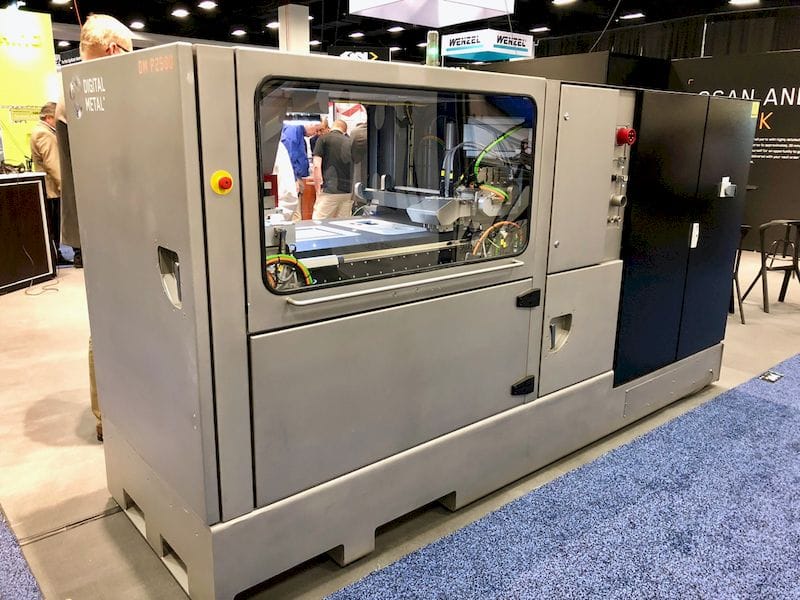![The Digital Metal DM P2500 metal 3D printer [Source: Fabbaloo]](https://fabbaloo.com/wp-content/uploads/2020/05/image-asset_img_5eb09a95d3017.jpg)
Buying anything of great expense is a big decision, and particularly so for 3D printers.
This is because the devices we love to write about on this publication are typically expensive, but also because they’re a moving target. In the highly competitive world of 3D printing, many vendors are desperately seeking ways to attract the buying public.
Those ways are most often by introducing new features, which might be technical, process, service or even financial. Sometimes these are difficult to evaluate, simply because their very newness means potential customers might not understand them to the degree necessary.
Another aspect that is often debated by companies before purchasing anything of significant magnitude is the viability of the vendor. It would be unfortunate, for example, to spend, say, US$450,000 on a system only to find out that the company goes out of business in six months, leaving you high and dry for service and materials.
Some companies go to considerable efforts to validate the vendor, requiring submission of internal financial statements, which are typically provided under a non disclosure agreement.
There’s another signal that can be used by purchasers to help justify a large acquisition: subsequent purchases.
One example we’ve seen recently comes from Digital Metal, the Swedish company that produces a specialized metal 3D printer capable of very high resolution. Their device is typically used by those requiring small metal objects of fine resolution and complex detail.
It’s a bit of a different type of 3D printer, and one that customers might not be familiar with, by definition. How can they be sure it is the right purchase for them?
They can examine the specifications extensively, they can review the pricing and ensure it fits within their business models, and even visit other sites that operate the machine independent of the 3D printer manufacturer.
But a tremendous validation signal can be observed when an existing client decides to purchase a second machine from a vendor. This tells us several things:
-
That the machine definitely fits within the company’s technical requirements
-
That the machine’s cost structure fits within the company’s business model (e.g., they’re not losing money by operating it)
-
That the machine is so useful that they have exceeded its capacity
-
That there is some level of confidence in the manufacturer sufficient to justify buying a second unit
All of these are very powerful signals that a 3D printer option is indeed viable, and easy to collect, as compared to doing site visits, etc.
I’m not saying that you should NOT do detailed evaluations, but instead consider an observation of a second purchase as additional data points.
That all said, Digital Metal’s announcement that France’s Cetim, a centre of excellence for the mechanical industry, has purchased a second unit tells us much about the viability of Digital Metal’s machines.
Via Digital Metal











Aerosint and Aconity have proven out their work in multi-metal powder deposition 3D printing.